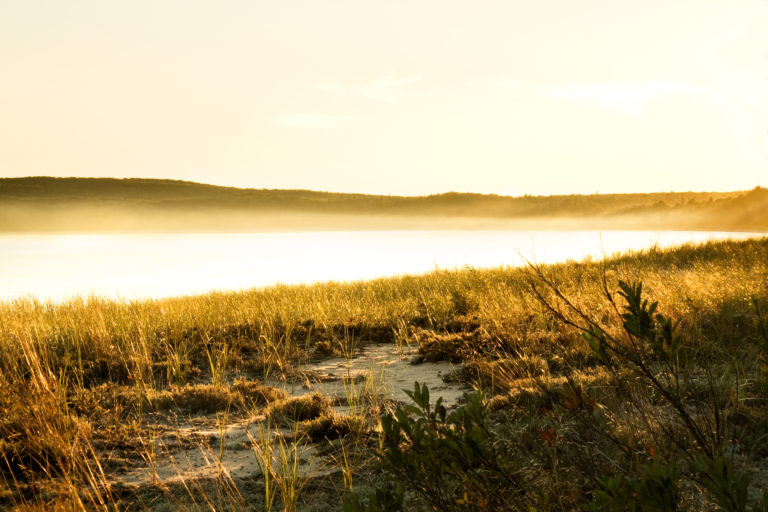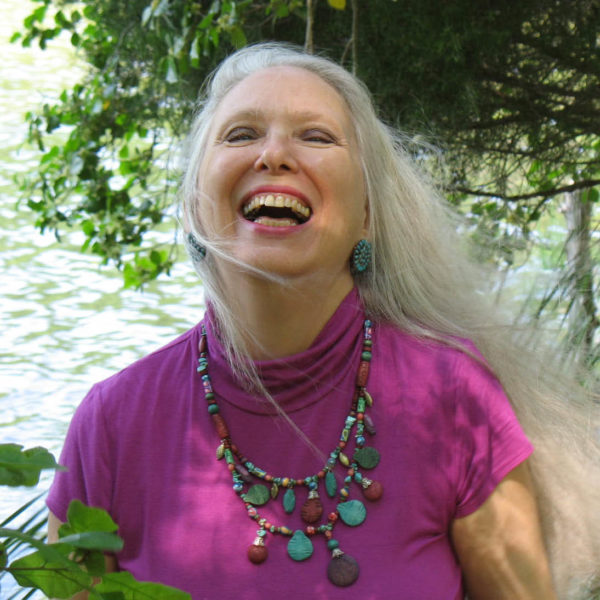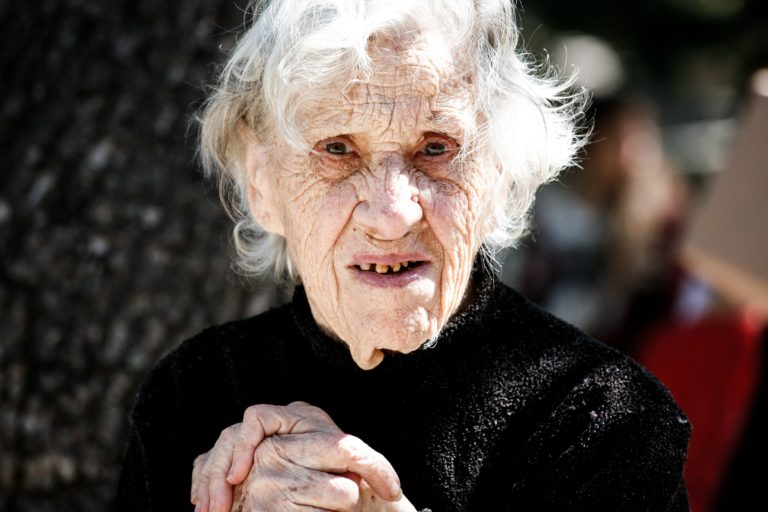
Pancake Bay in the evening as fog rolls in. Image by Billy Wilson.
The Circle Dance
When I was in college, our class read “Ode on a Grecian Urn” by John Keats. I clearly remember scoffing at those famous last two lines:
“Beauty is truth, truth beauty,” – that is all
Ye know on earth, and all ye need to know.
How stupid, I thought. How can people say this guy’s a great poet when he’s foisting nonsense off on us like something we can rely on? I was young and angry. I wanted life to make sense; it didn’t. I wanted certainty; none could be found. Keats’ words disappointed me, epitomizing all the broken promises and frustrated hopes the world had so far proffered, so I marched off to find a more substantial truth.
Flash forward to now. I’m walking somewhere, and I’m startled by the vivid purple tips of a seed-blown thistle flower. Or maybe I’m driving, and the shape of a drifting cloud catches me off-guard. Or I’m sitting in my back yard, and some bird pipes up with a burst of song, and for one instant, I’m freed from my tiny self’s illusory baggage of broken promises and frustrated hopes, catapulted to a place that’s large and real and true. “O, that’s beautiful,” I think. For that moment, I know that the beauty in which I dwell is the truth that dwells within me.
Scientists say there is no such thing as an objective observer. Reality is a participatory, interactive, relational event. What we think of as matter is, at the quantum level, interconnected webs of energy, fields of possibility, waves of probability that ebb and flow as occasions, as events, as objects shaping each other in the very moment of encounter. The great mystic and scientist Teilhard de Chardin described evolution as a continual process of becoming “something more,” explaining that God reaches from the future into the present to draw us forward into greater wholeness through our attractions. Our zest, he called it.
Which means — to this observer, at least — that our experience of beauty is always an evolutionary encounter, an invitation to a divine dance of greater wholeness involving the beholder, the beheld and the unbeheld source of truth that indwells all. Hence this poem.
Syzygy
1.The complex geometry of living the
unforeseen consequence of light:
that branch you so admire for its delicate beauty –oval leaves pirouetting on a slender stage of stem –
it’s just a shadow
cast by the full moon
shining
behind a branchand you wonder why it makes you so happy, this
thing that isn’t the thing you thought it to be this
sudden apotheosis
of expectation this2.
syzygy. From the Greek σύζυγος meaning
‘yoked together.’ A conjunction
or opposition, a
pair of corresponding things. Inpoetry, two metrical feet combined into one unit. In
astronomy, a straight-line configuration
of three celestial bodies,
e.g., earth, sun and moon. Inthe writings of Carl Jung, the union of opposites
within the soul, e.g., yours
on its slender stage
of time, if3.
you are the one these words are seeking
as moonlight seeks the lonely branch.
Long before Teilhard, Plato suggested that the goodness, beauty and truth are transcendental magnets for the human soul. But what about the non-human soul? Every night I sit on my deck and watch stars glimmer through the thick boughs of the pin oaks. “O, that’s beautiful,” I think, but what does the tree think?
Not By Bread Alone
The old oak wakes in the night
to a whispering
wind. “There is something,”the murmuration begins, “something
in us that lives,”the susurration continues, “something
in us that lives
beyond time and rain and sunlight.”Dubious,
the tree shakes its leaves in a futile effort
to rid itself of these stars tangled in my branches, fallsback to sleep, dreams
of silver saplings sprouting
when silver acorns fall.
Which just goes to show. The quantum physicists are right. We are always dancing, whether we want to say “Yes” to the invitation or “No.”

